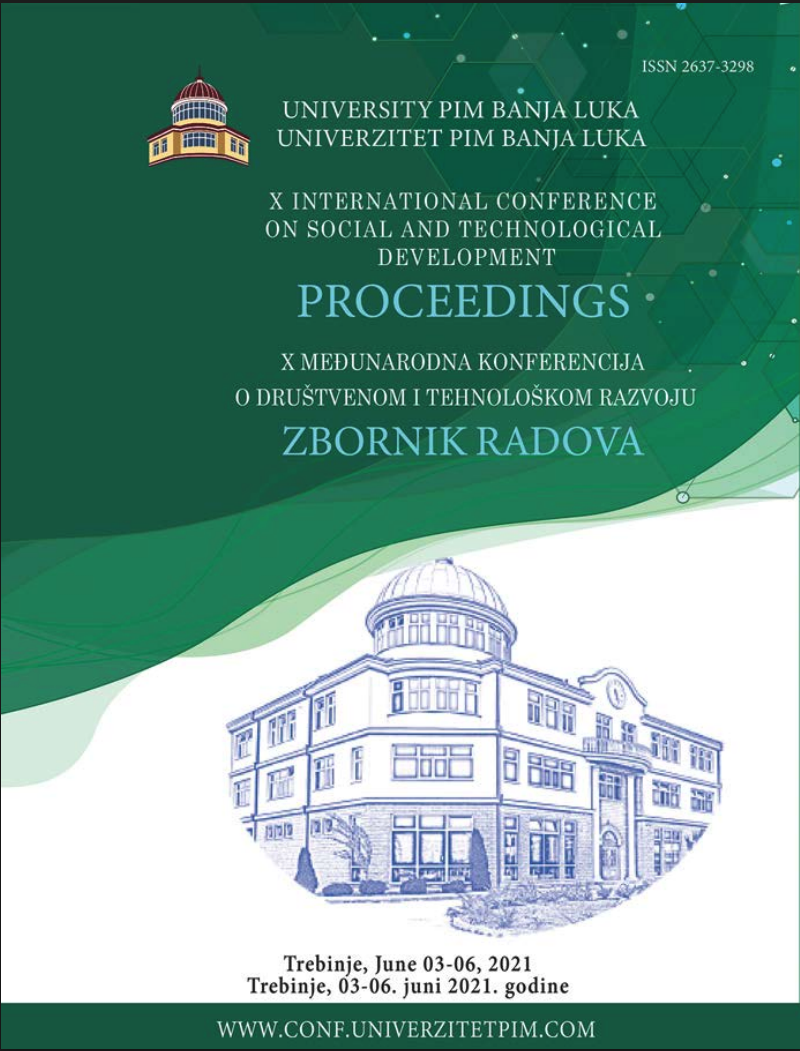
This is an open access article distributed under the Creative Commons Attribution License which permits unrestricted use, distribution, and reproduction in any medium, provided the original work is properly cited.
Faculty of Economics, University PIM , Banja Luka , Bosnia and Herzegovina
Social institutions, in some form, are as old as man himself. Without certain norms, rules of conduct, and social values, people would be prone to anarchy and destructive behavior. According to previous civilizational experiences, it is clear that there is a very thin line between the state of order and chaos. It is the institutional forces, developing together with a man and his environment, have overcome chaos and have directed people towards creativity, development and positive creativity. The areas of their activity today have covered dimensions and areas that, until recently, could not have been foreseen. Adapting to various social needs, the dispersion of institutions has been constant even today. As institutions whose role is to protect the lives of people and their property, the law- abiding and an orderly environment, the security agencies are certainly one of the important parts of society and an important segment of the institutional system. Their turn towards the marketing concept is a consequence of the increased level of adaptability and readiness to respond to dynamic external and internal changes of the environment, and the realization that, although they are public authorities, their purpose is to serve people and their needs. It is an organizational philosophy based on a partnership that builds links between the police and citizens, improving mutual trust of business and investment environment, and in the long- term develops a society of security and economic prosperity. Thus, the safe and successful community is set as the vision and ultimate aim of transformed security institutions, and the new marketing concept of the work of police agencies as the way and means to achieve that aim.
The statements, opinions and data contained in the journal are solely those of the individual authors and contributors and not of the publisher and the editor(s). We stay neutral with regard to jurisdictional claims in published maps and institutional affiliations.